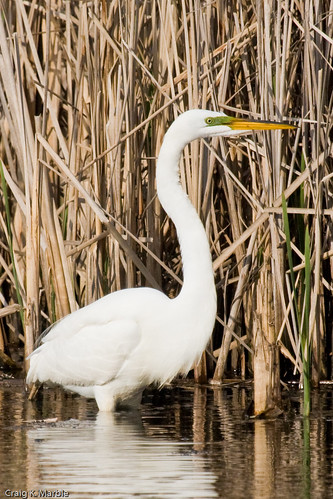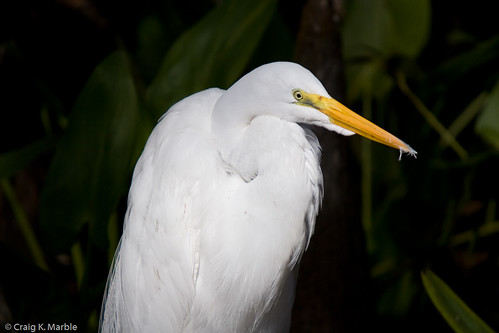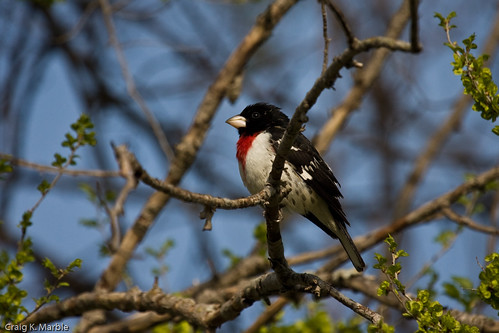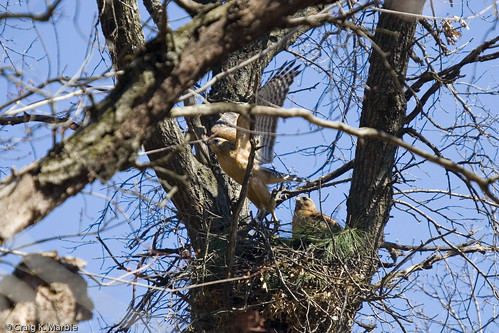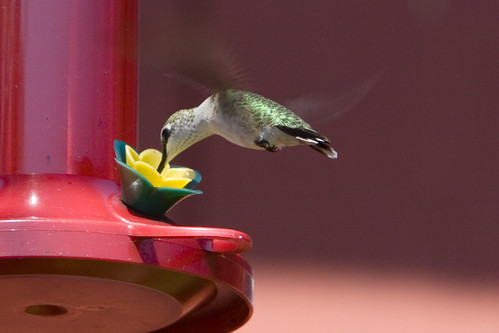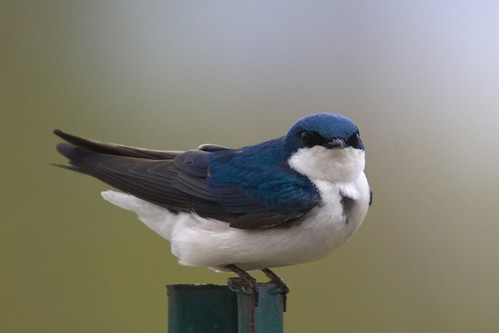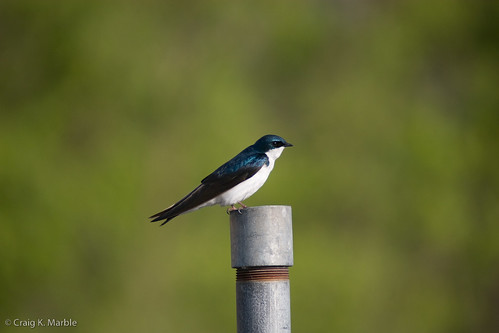We have been lucky to have a pair of
Pileated Woodpeckers visit our feeder on a regular basis over the last few years. The last few days they have been visiting quite a bit. I thought posting photos to show the difference between the male and female to help with identification might be interesting. Look at the head and chin of the two birds and you'll see the red forehead on the male and black forehead on the female. The male also has red on side of his chin (
malar area) where the female has black.
Adult male: Red forehead - Red malar area Adult female: Black forehead - Black malar stripe
Adult female: Black forehead - Black malar stripe Malar: Area at the sides of the chin. Synonym(s): whisker, mustache, malar streak.
Malar: Area at the sides of the chin. Synonym(s): whisker, mustache, malar streak.Since I haven't done a "Learning about birds" post in a while I'll add a few neat facts about these very cool birds:
- A Pileated Woodpecker pair stays together on its territory all year round. It will defend the territory in all seasons, but will tolerate floaters during the winter.- The Pileated Woodpecker digs characteristically rectangular holes in trees to find ants. These excavations can be so broad and deep that they can cause small trees to break in half.- The feeding excavations of a Pileated Woodpecker are so extensive that they often attract other birds. Other woodpeckers, as well as House Wrens, may come and feed there.
This marks my 125th post to this blog. :)



